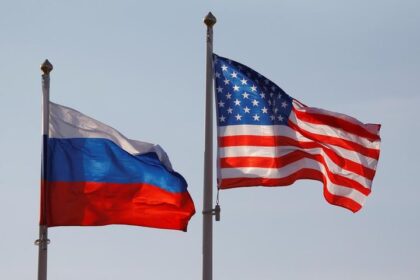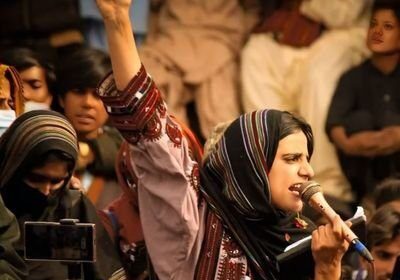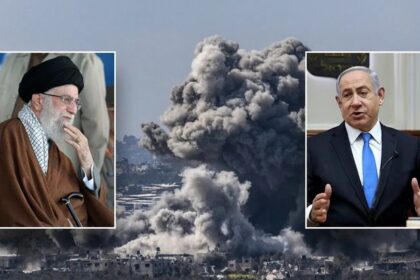History is a cruel mistress.
All is not quiet on the western front. Just a month ago, Pakistan conducted airstrikes on neighboring Afghanistan—another chapter in a series of operations targeting TTP elements on Afghan soil. Cross-border raids and sporadic fire have since escalated, with terrorist attacks within Pakistan reaching alarming frequency and intensity. This resurgence evokes memories of the dark era that many hoped had ended following the military operations of 2014.
Yet, this unraveling is no surprise. Afghanistan’s historical, geographical, and social configuration has long placed it at odds with neighboring Pakistan. In Afghanistan, all statecraft is predicated upon interests, and all interests are based, in principle, upon the welfare of the ‘tribe.’ It is thus no surprise that the Afghan Taliban and the State of Pakistan find themselves at cross purposes—much like the Kabul Regime before and the communists before them. The ensuant piece is therefore one’s understanding of why successive regimes in Afghanistan have maneuvered themselves into collision with Pakistan.
The Pamir, Tian Shan, Kunlun, Himalayas, and Hindu Kush mountains all intersect within the region that is today Afghanistan. It lies at the intersection of South and Central Asia, as well as Persia. China, too, is not so far away. Thus, it is not a surprise that it has been “in the way” for many invading armies. From the Achaemenids to Alexander the Great, from Central Asian hordes to South Asian empires, Afghanistan has endured centuries of conquest and upheaval. It was at this time that Afghanistan began to form into a viably populated region.
The continual hammering from invaders essentially meant that Afghanistan was made up of tribes that were mutually hostile, both internally and to foreigners—many of whom were themselves settlers from previous invasions. The Hazaras, for instance, are descendants of Mongol garrisons who married Tajiks and other natives. Most of these would inevitably find themselves integrated, at least in practice and way of life, with the Pashtun culture that dominated the region.
Historical memory forms the base of a people’s national interest. This is informed by the nearest recognizable analogy in a people’s collective consciousness. To understand modern Afghanistan, one must revisit the reign of Ahmed Shah Durrani.
Before Durrani, Afghanistan was divided into different tribal principalities, like the Zunbils and Scythians. By this point, the region was already a hotbed for insurrection. The Arab invaders faced immense difficulty in trying to conquer it. It took a century of consistent Islamic turgidity to convert the tribes to Islam.
Centralized control never worked in the region—not by the Greeks, nor the Arabs, and not modern Kabul regimes. The Mughals, under Zahiruddin Babar, managed to rule a kingdom in Afghanistan by providing for autonomy and little oversight of a tribal confederacy. Ahmed Shah Durrani was similar. The first scion of the Abdali Empire, he managed to unite the Pashtun tribes of Afghanistan under a single consensus. His ravages into India thereafter are famed.

Since then, the Afghan royal families (the Barakzais took over following the Durranis and were the forefathers of the last Afghan royals) had to contend with the fact that they would need tribal consensus and would need to provide for generous concessions of autonomy and power to the tribal lords. Court culture and the flock that descends upon cities of import led, ultimately, to the islands of progressive and modernized Afghans that inhabit Kabul and other big cities.
With the British, Russian, and Persian acquisitions of territory that was once Afghan, the Afghan royal family ruled over a shrinking empire. It also had to contend with an increasingly anti-royalist and socialist populace, especially in the cities. The history thereon, covering the Soviet occupation, American invasion, and withdrawal(s) thereof, is one that has been covered in far more detail, with far more vim and wit than I can deliver here.
The pattern has been more or less similar; the big cities remain progressive and chafe for the establishment of a proper Republic, a federal government attempts to centralize power, the tribes revolt, chaos ensues, and the neighboring powers pick sides.
This is where one can offer one’s assessment: the Constitutional Monarchy, the Soviet collaborators, the Northern Alliance, the Kabul Regime, and now the Taliban, all carried a number of irritants for Pakistan or were outright hostile. This, despite many pundits in the country proclaiming the benign nature of one faction or the other.
In essence, Afghanistan is still, and always will be, a Pashtun-dominated country. The tribal orientation of that community means that any stable government in Kabul must keep the tribes in hand by extending assurances of autonomy and balancing a careful consensus across the board. Though the ruling factions may promise peace with Pakistan when they require support from across the border, when in power, they would have to play on ethno-nationalist feelings and bring up settled issues such as the Durand Line or cook up such asinine fantasies as Pashtunistan.
At the same time, the central authorities would have to ensure not to poke Pakistan too much, this being true of the NDS and now the Taliban, lest we decide to close the passes and essentially grind the Afghan economy to a halt. Even the Americans realized that the natural logistic gravitation of the country is directed towards Pakistan. The tribal areas of Pakistan also rely on a delicate balance of federal authority and tribal autonomy. Inflaming those tensions and unsettling the equation has also been an Afghan habit (from the monarchy days all the way to the current setup). In the case of the Afghan Taliban, they must also shed the reputation of a Pakistani proxy, which was never true, and was ultimately a narrative thrown about by India and the US media machines—both for the benefit of their domestic popularity and on the international stage to assert their independence.
On our side of the equation, our main strategic concern would be that the TTP and other such groups receive no succor in Afghanistan and are eradicated root and stem. Apart from that, ensuring that the western front remains quiet and our own frontier provinces pacified is necessary, since Pakistan also has its traditional adversary, India, to worry about, looming over our eastern border.
In the current setup, this strategic goal seems to be slipping away, at least by way of talks. It appears that Pakistan will now follow a strategy of battle and maneuver—striking targets in Afghanistan where needed and maneuvering politically such that we may achieve some of our strategic objectives. The fact remains, though, that though the variables may be different, the essential equation remains more or less the same. The time has come for Pakistan to make some long-game, bold, and tough decisions regarding both our own tribal hinterlands and the irritants on the other side of the border.
















